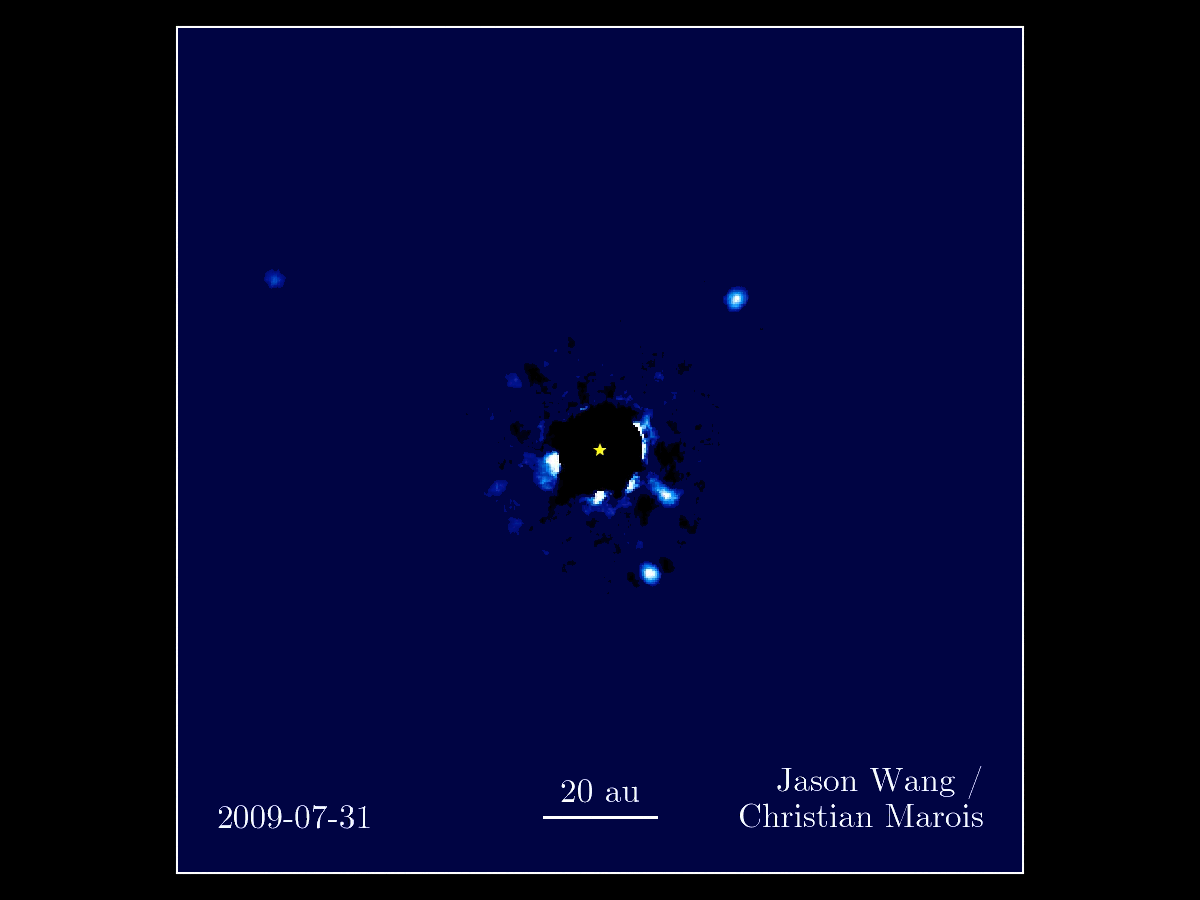A thread for Science
NASA's announcement from earlier today: https://www.nasa.gov/press-release/nasa ... ets-around
This is actually really cool.CoolwhipSpecial wrote:NASA's announcement from earlier today: https://www.nasa.gov/press-release/nasa ... ets-around
Potentially world-changing archaeological discovery:
http://www.newsweek.com/mystery-human-s ... nes-590344
http://www.newsweek.com/mystery-human-s ... nes-590344
GSAT-19 satellite successfully launched
http://www.financialexpress.com/india-n ... pm/702333/ISRO GSLV Mk 3 Rocket Launch: The Indian Space Research Organisation (ISRO) launched its heaviest-ever rocket with a strapped-on satellite today. The Geosynchronous Satellite Launch Vehicle Mark-III (GSLV MkIII) ferried the GSAT-19 communications satellite into space. GSAT-19, the 3,136 kg communication satellite, is aimed to bring a massive change in the communications mechanism system of the country.
http://www.financialexpress.com/india-n ... er/702072/Former ISRO Chairman K Radhakrishnan, in his reaction to PTI, said, “Launch of the first developmental flight of the rocket is a “great milestone” as ISRO is almost doubling the capacity to launch satellite from 2.2-2.3 tons to 3.5-4 tons.” ISRO Chairman A S Kiran Kumar highlighted the importance of the mission by saying “it was the heaviest ever rocket and satellite to be launched from the country”.
ISRO also has the enviable distinction of being the only space agency to have sent a successful probe to Mars in its first attempt. Not only is this an incredible feat on its own, but ISRO achieved this distinction at a fraction of the cost at which other space agencies have spent on similar probes. In fact India’s Mars orbiter, called Mangalyan, cost $72 million which is less than the budget of the space-themed science fiction Hollywood film ‘Gravity,’ which was produced at an estimated cost $100 million, according to the Indian Express.
GSLV is seen as a game changer in space technology. The launch platform was designed to carry the heaviest of Indian communication satellites. This means that ISRO has doubled its launch capacity in terms of weight of the deliverable payload. GSLV Mk-III can put satellites in geostationary orbits at an altitude of 36,000 kilometers. The launch vehicle will put the GSAT-19, which weighs 3.2 tonnes into orbit on Monday.
https://www.theguardian.com/commentisfr ... abductions
Anonymous has become such a joke over the last years lmao.
Can people stop giving them attention?
Anonymous has become such a joke over the last years lmao.
Can people stop giving them attention?
Just found out about this
http://news.nationalgeographic.com/2017 ... e-science/Five or so years from now, you may be able to witness a new "star" appearing in the night sky, a cosmic gem that should glitter in the northern wing of the constellation Cygnus, the swan, for a good portion of a year.
For the first time, astronomers are confidently predicting that a specific stellar system will explode within a defined period of time, becoming more than 10,000 times brighter than it is now. The explosion will be visible from Earth with the naked eye, and it could be about as bright as Polaris, the north star.

